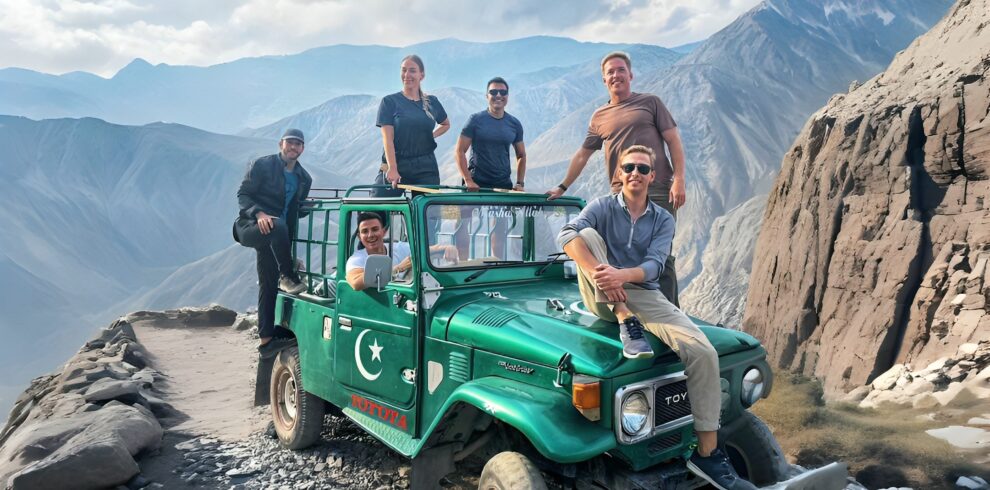Quick Facts & Key Metrics
- Administrative Region: Baltistan Division, Gilgit-Baltistan
- Population (2023 est.): ≈ 215,000 (Skardu District)
- Languages: Balti (primary), Urdu widely understood; English in tourism zones
- Elevation: 2,228 m above sea level
- Nearest airport: Skardu International Airport (KDU), now open to direct flights from Islamabad, Lahore & Karachi
- Distance from Islamabad: 630 km / ~15–18 h by road; 1 hr by direct flight
- Best time to visit: March to November (clear weather, accessible roads)
- Known for: K2 & Karakoram Range, Deosai Plains, cold desert, alpine lakes, Buddhist & Tibetan heritage
Historical Background
Skardu’s strategic position at the confluence of ancient trade routes between Tibet, Ladakh, and Central Asia has shaped its distinct cultural identity. Once the capital of the Kingdom of Baltistan, the region shares strong Tibetan roots, visible in its architecture, language, and even food. The imposing Skardu Fort (Kharpocho), built by King Ali Sher Khan Anchan in the 16th century, still overlooks the town. Buddhist rock carvings found in Manthal and Shigar hint at a pre-Islamic past that dates back to the 8th century, connecting Skardu to the greater Trans-Himalayan civilization.
Geography & Sub-Areas
Skardu sits at the confluence of the Indus and Shigar Rivers and acts as a hub for multiple valleys and highland plateaus:
Skardu Town & Surroundings
• Home to Skardu Fort, Sadpara Lake, and Manthal Buddha Rock.
• Upper and Lower Kachura Lakes (Shangrila Resort) offer quick access to dramatic water bodies backed by vertical cliffs.
Shigar Valley
• Lush, fertile valley home to the restored Shigar Fort, now a luxury heritage hotel.
• Gateway for trekkers heading toward Baltoro Glacier, K2, and Snow Lake.
Khaplu Valley
• Once a separate kingdom, Khaplu is known for its palace, Sufi shrines, and views of Masherbrum (7,821 m).
• Chaqchan Mosque (1370s) is one of the oldest in the region.
Cold Desert & Basho Valley
• Katpana and Sarfaranga cold deserts—among the world’s highest—offer surreal dune landscapes at 2,300+ meters.
• Basho Valley provides thick pine forests, glacier-fed streams, and meadows, ideal for family picnics and soft treks.
Deosai Plateau
• Second highest alpine plateau in the world (~4,114 m), stretching over 3,000 km².
• Home to Himalayan brown bears, marmots, and wildflowers; accessible via Sadpara.

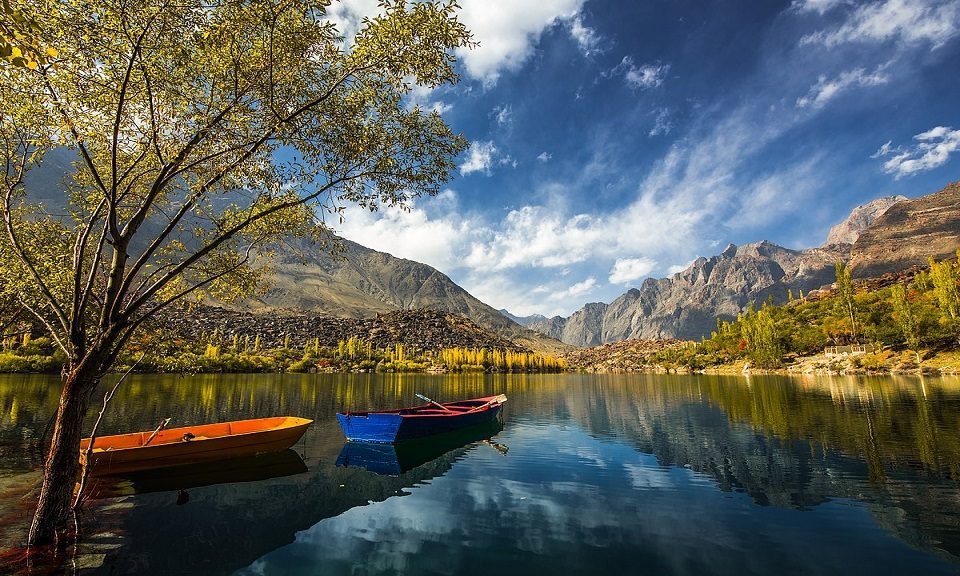
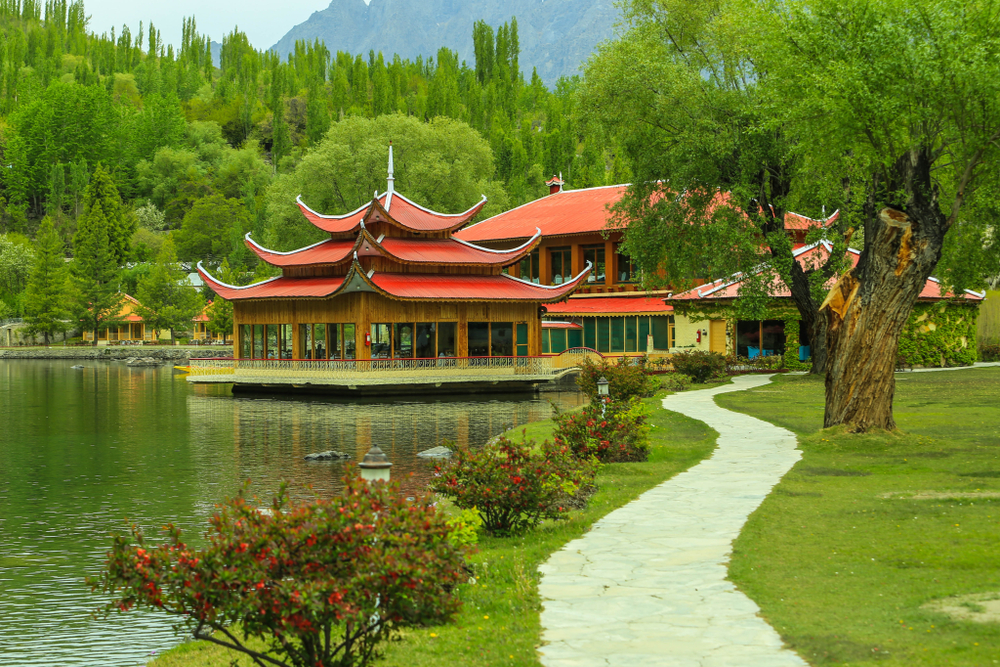
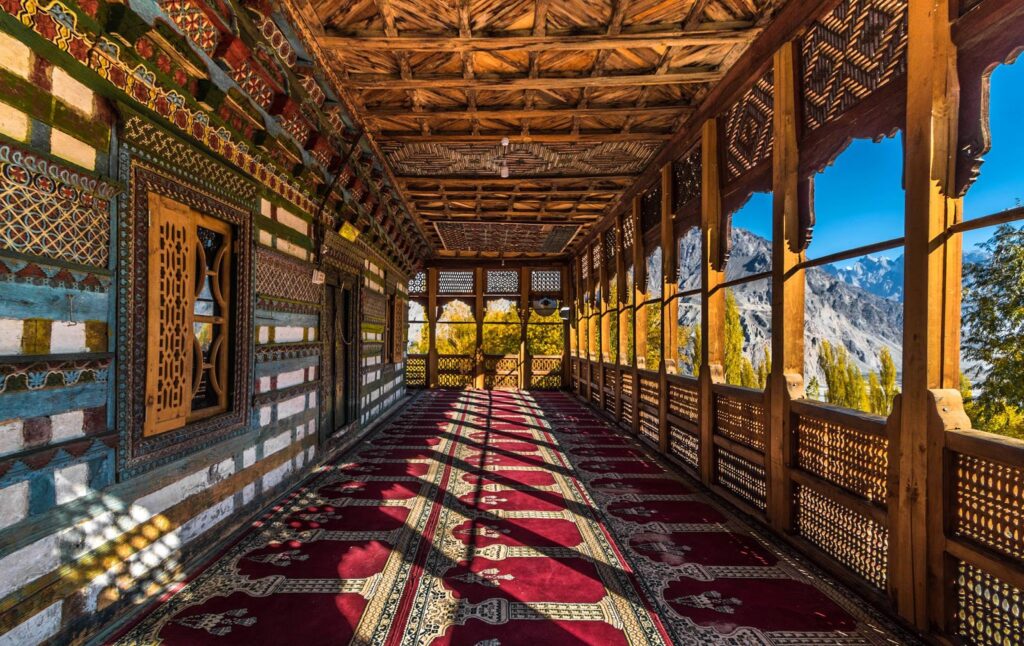
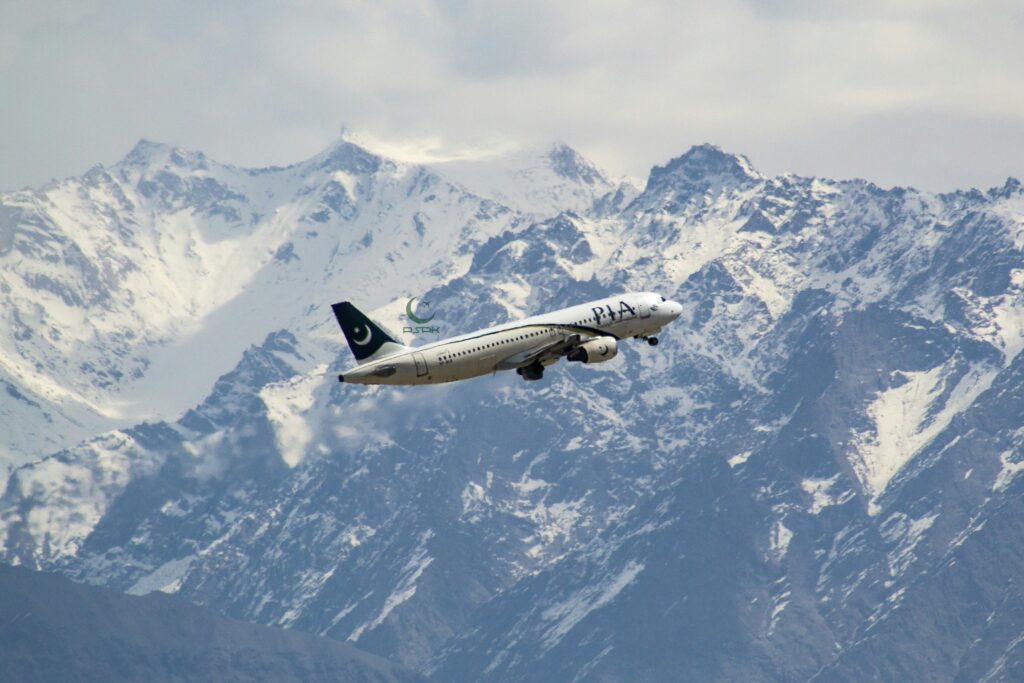
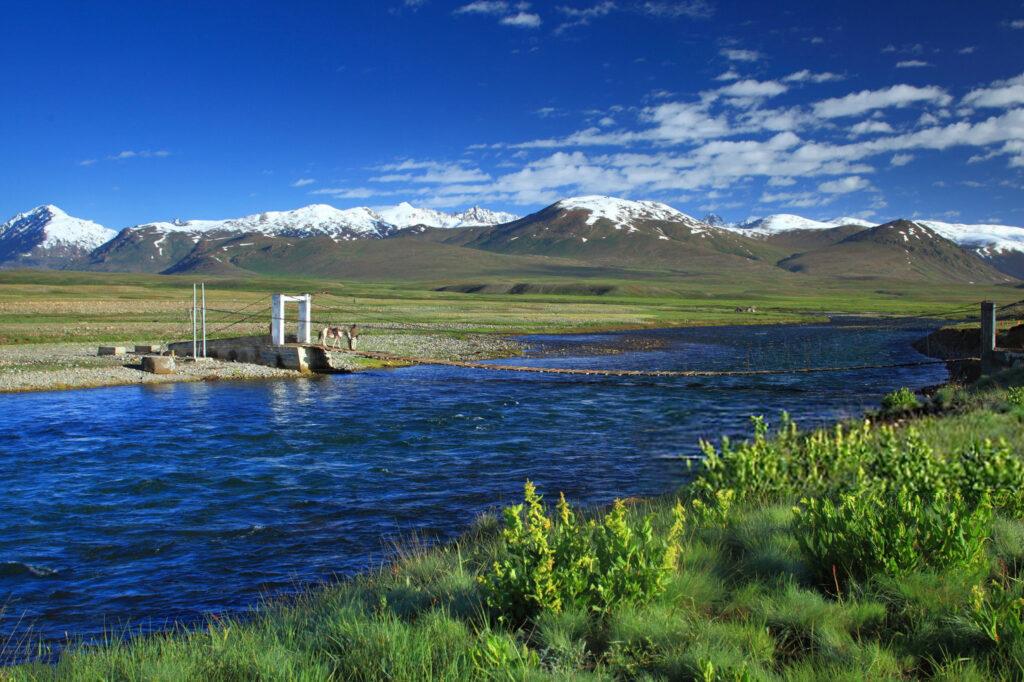
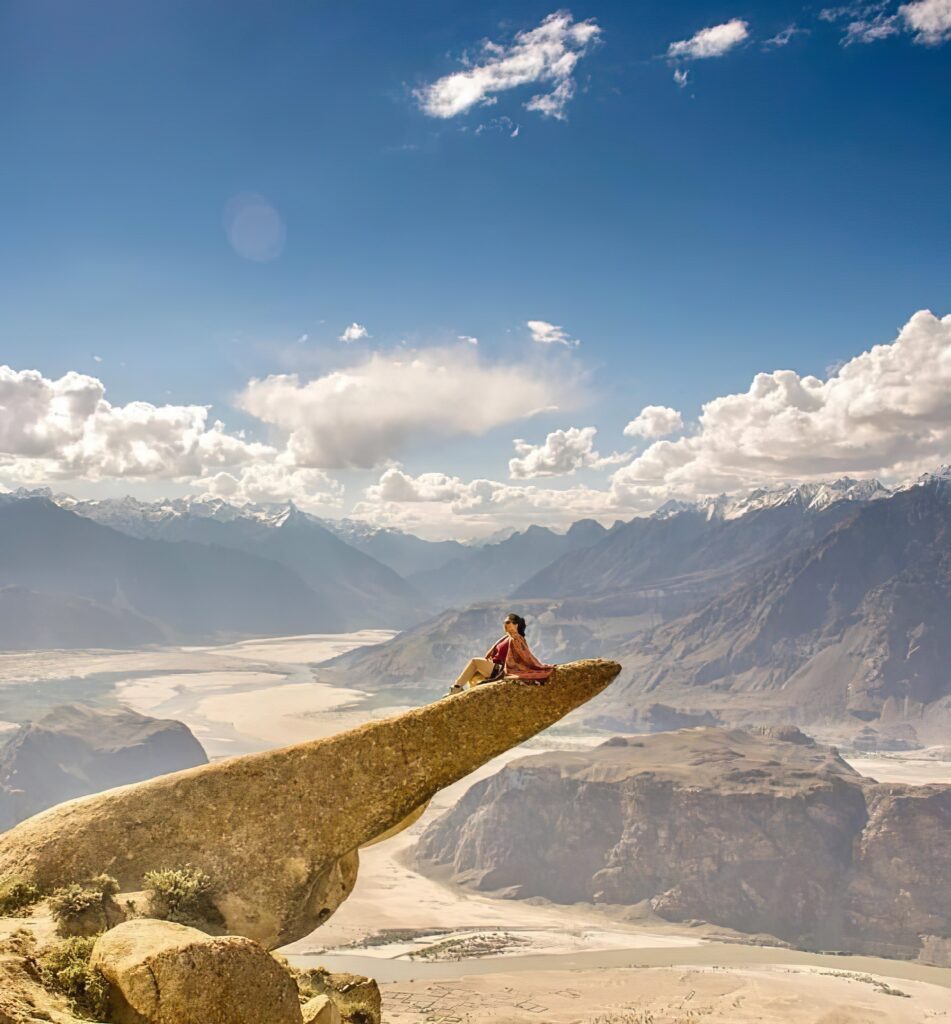
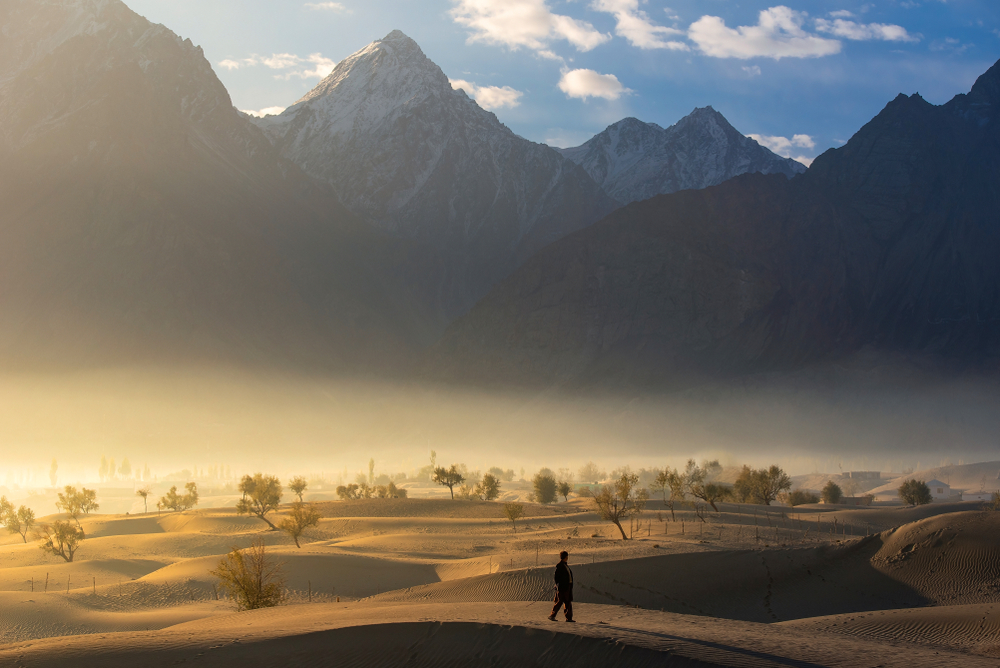
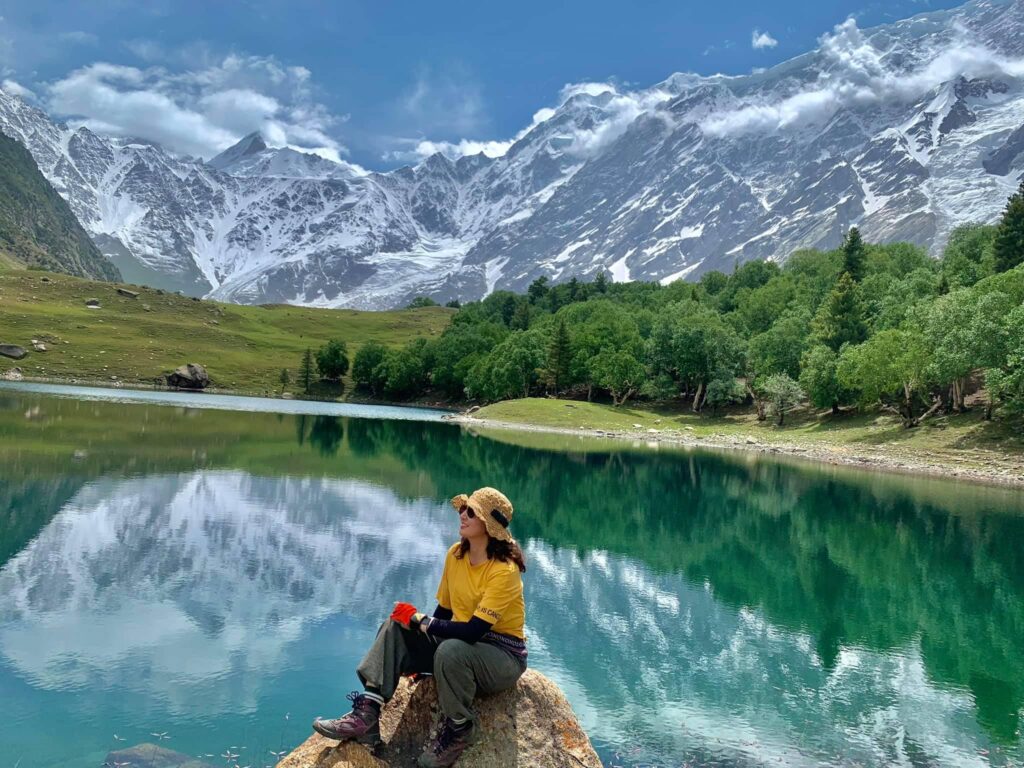


Hidden Corners & Treks
| Area | Access | Highlights | Difficulty |
| Sheosar Lake | Deosai Plateau (~2.5 hr from Skardu) | Mirror-like alpine lake with Nanga Parbat backdrop | Easy (jeep or bike) |
| Nansoq Organic Village | 15–20 min trek from Skardu Fort | Eco-model village visited by Prince Charles | Easy |
| Chunda Valley | 45 min drive + hike | Wild apricot trees, remote homesteads, panoramic views of Skardu | Easy |
| Nangma Valley | 3-day trek from Khaplu | One of the hidden and most scenic valleys in all Baltistan Region | Challenging |
| Masrur Rock | 4-5 hours from Hussainabad, Skardu | A challenging day trek, can be hot during day times for a photogenic spot | Moderate |
| Thalay La Trek | Connects Khaplu & Shigar | High pass (4,900 m), multi-day trek via shepherd trails | Strenuous |
| Satpara–Deosai Traverse | 3-day trek | Start from Satpara Lake into Deosai National Park | Challenging |
| Burji La to Kachura | High route from Kachura side | Off-the-grid glacial landscapes and old foot trails | Challenging |
Culture & People
Skardu’s Balti people are ethnically Tibetan, and the region was historically part of Ladakh. This is reflected in local customs, architecture, and cuisine. Skarchu (barley flour porridge), momo dumplings, and buttered tea are staples. Religious life is heavily influenced by Shia Muslims, and visitors are often welcomed with hospitality rooted in centuries-old mountain traditions. Music, too, is vibrant—folk flutes and lutes accompany ceremonial gatherings and weddings. Literacy and awareness are increasing rapidly, especially in tourism zones, and many families now participate in community-based tourism and homestay models.
Budget Snapshot (2025)
| Style | Daily USD | Inclusions |
|---|---|---|
| Backpacker | $30 – $50 | Guesthouse stay, shared jeeps, local Balti meals |
| Comfort | $120 – $200 | Boutique hotels near Kachura or Shigar, private driver, park entry fees |
| Luxury | $200 – $500 | Palace stays, guided trips, 4×4 Prado, airfares included |
Skardu – The most naturally diverse place in Pakistan
Skardu isn’t just one place—it’s many. It’s where desert meets glacier, where alpine lakes are still mirrored enough to reflect your breath, where legends of mountaineers and Sufi saints still float in the air. Whether you hike to the pastures of Deosai, cruise on Kachura Lake, or simply watch the clouds swirl around Masherbrum, Skardu leaves you quieter than when you arrived. It is a northern sanctuary for those seeking both adventure and inner stillness.
Discovering Pakistan
Explore Skardu with Discovering Pakistan—your gateway to private, immersive experiences across Baltistan. We offer tailored Skardu tours that include heritage walks, wilderness treks, lakeside stays, and access to remote valleys with local expert guides. Whether you’re planning a honeymoon, family trip, or solo journey into the highlands, let us help you uncover the deeper side of Skardu.
Guided Private Skardu Tours 2025
This tour begins in Islamabad, Travel Hunza by road via KKH. You spend several days exploring Hunza Valley and Skardu. Also witness the historically prominent city of Peshawar in this tour.
This 7-day tour starts from Islamabad, where you take a flight to Skardu. You explore major attractions in and around Skardu including lakes, valleys, and cultural spots. After returning to Islamabad by air, you take a road trip to Lahore for 1–2 days of sightseeing. The tour ends in Lahore.
Starting in Islamabad, this 10-day tour includes a flight to Skardu, then a road journey to Hunza, exploring both regions in detail. After flying back to Islamabad, the trip concludes with sightseeing in Lahore. The tour ends in Lahore.
This 14-day tour starts in Islamabad with a flight to Skardu. You explore Skardu, then travel to Hunza and Fairy Meadows. After returning to Islamabad by air, you visit Khewra Salt Mines on the way to Lahore, where the tour ends.




